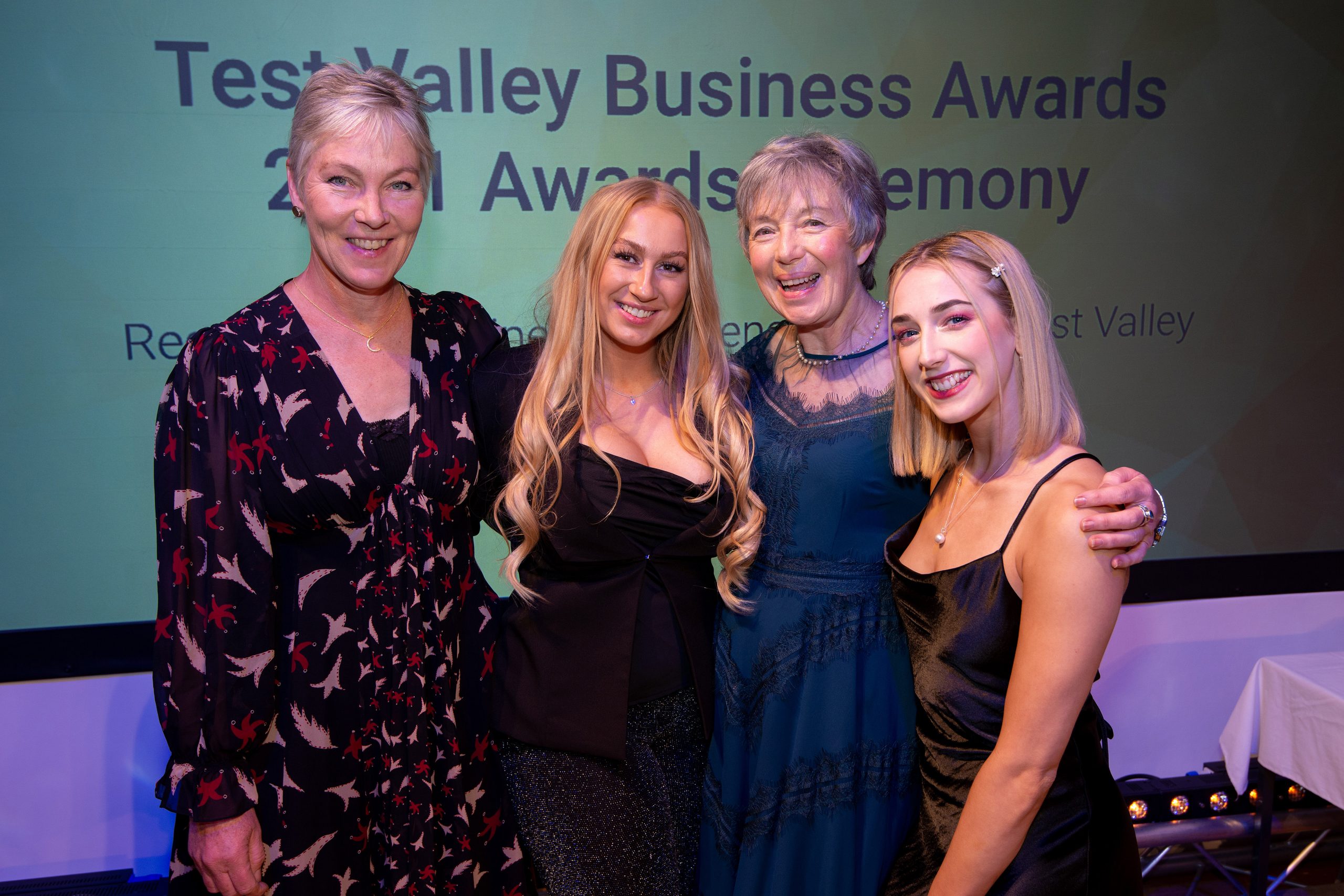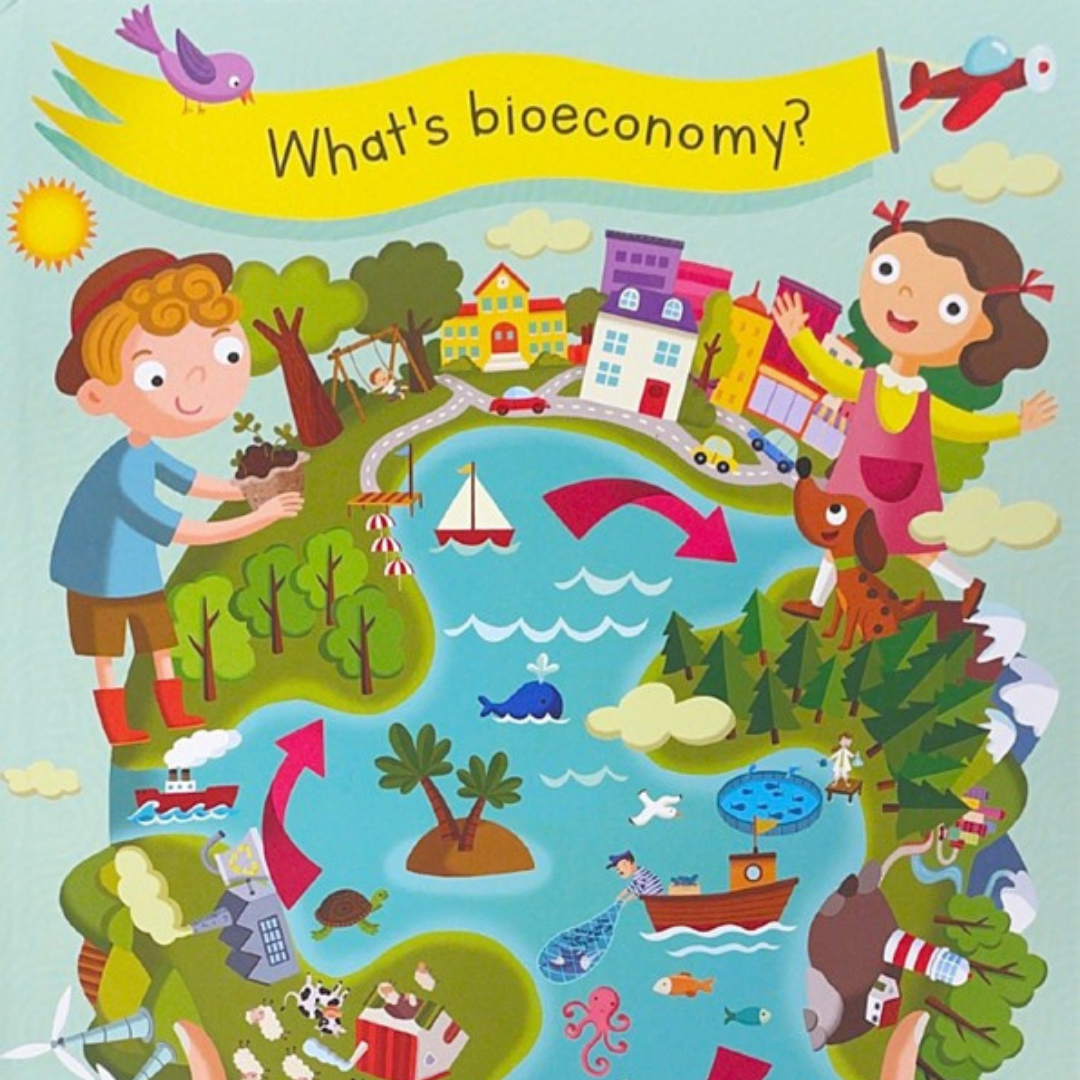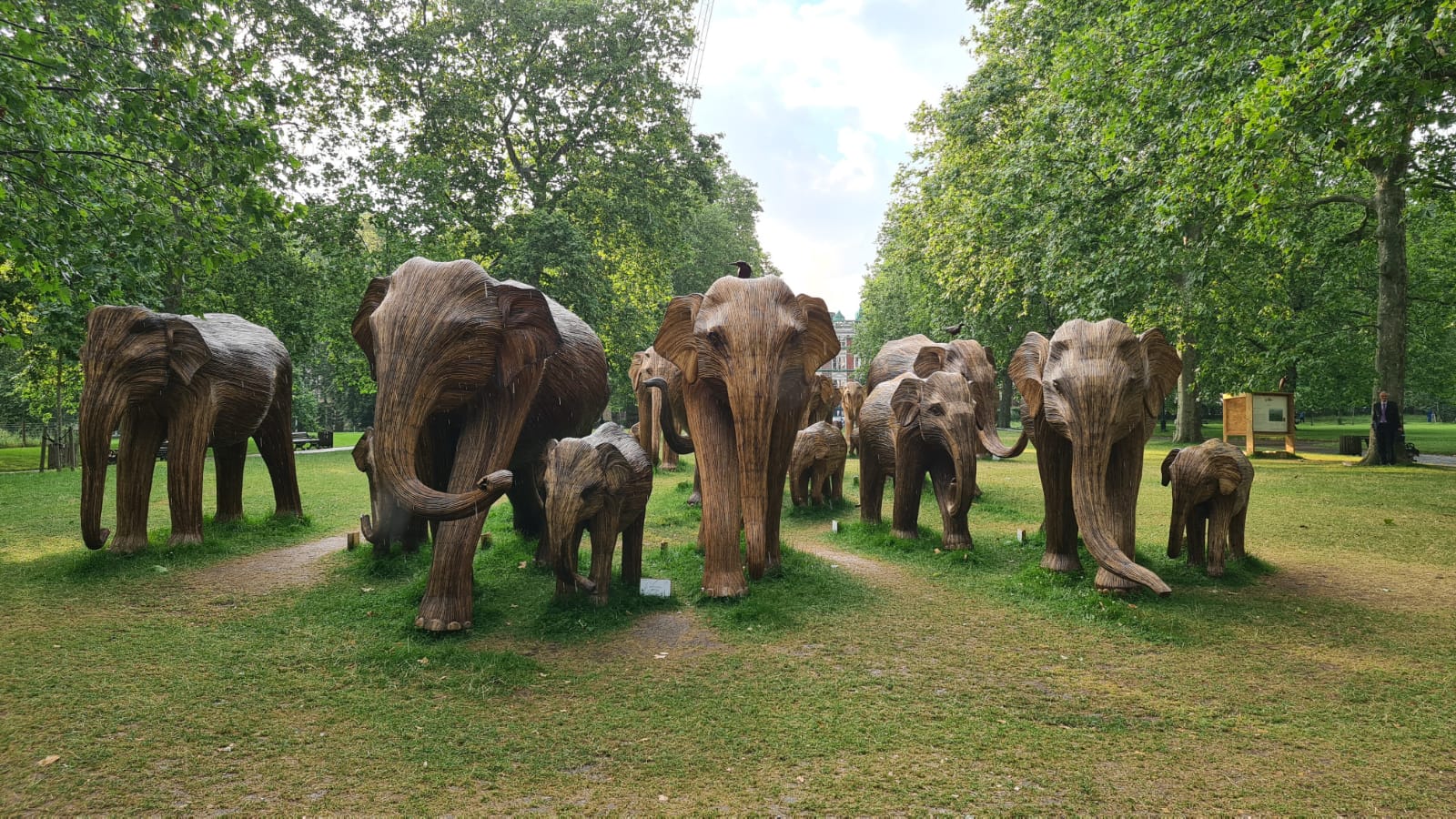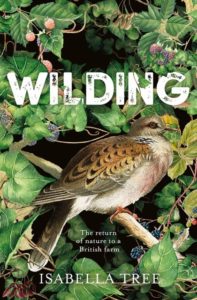 Working at Minerva on the EU funded BIOVOICES project which is focused on development of the bio-based sectors and the BovINE cattle farming network project, has exposed me and my colleagues to a breadth of information about sustainability issues and potential solutions.
Working at Minerva on the EU funded BIOVOICES project which is focused on development of the bio-based sectors and the BovINE cattle farming network project, has exposed me and my colleagues to a breadth of information about sustainability issues and potential solutions.
Challenges from the promotion of bio-based materials to research to help reduce dependence on antibiotics in the food chain illustrate the spectrum of issues at stake. Currently, there is much negative storytelling relating to the state of the environment which is why ‘Wilding’, my recommended read, is unusual. This book carries the positive message that sustainable change can be realised, given the right support coupled with indomitable determination over time.
I was thrilled by the ‘Wilding’ story. It tells of the rewilding of the Knepp Castle Estate in Sussex, owned by the same family for centuries. The estate is situated on marginal farmland on Low Weald Clay that is notoriously difficult to cultivate. The failure of the estate as a farm presents a case study of all the issues that have affected farmers in Europe since ‘Digging for Britain’ during the Second World War. This initiative jump-started the move towards intensive farming made possible by the availability of artificial fertilizers and pesticides, subsequently accelerated by the introduction of the Common Agricultural Policy subsidies in 1973.
It was still possible to dig up hedgerows as late as 1997 in the UK as a result of these ‘intensification’ policies and the use of products directly affecting wildlife diversity.
‘Wilding’ starts with advice from a tree expert on the poor condition of the centuries old Knepp oaks marooned in open farmland, a consequence of efforts to make the farm profitable. The simple description of the damage to the complex and sensitive ecosystem that exists between the tree roots and fungus, allowing both to feed efficiently, is representative of the inevitable wider damage to ecosystems due to human intervention.
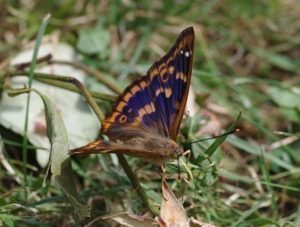 Eventually after trying diverse efforts to achieve profitability the conclusion was reached that the farm was unsustainable and the decision was taken to sell the dairy herds and farm equipment and contract out the arable sections.
Eventually after trying diverse efforts to achieve profitability the conclusion was reached that the farm was unsustainable and the decision was taken to sell the dairy herds and farm equipment and contract out the arable sections.
The EU agri-environmental programme set up to counteract and reverse the adverse effects of intensive agriculture provided a route to the wilder future of the estate through the Countryside Stewardship scheme.
The restoration of the Repton Park and its ancient oaks were the first targets, the first action required reduction of the high concentrations of phosphates in the soil to allow the native broadleaf varieties of plants and grasses to compete with residual commercial grasses. The results were almost immediate.
“The land, released from its cycle of drudgery, seemed to be breathing a sigh of relief,” ‘Wilding’ chapter 3, page 43
The Knepp team set their sights on establishing a bio-diverse wilderness area in the low weald of Sussex, taking inspiration and practical advice from Frans Vera of Oostvaardersplassen in The Netherlands. Vera’s rewilding project is inspirational and based on the release of large herbivores, such as cattle, into the designated area, allowing them to live without human control, stimulating plant and animal biodiversity.
Subsequent reform of the EU CAP allowed Knepp to withdraw totally from the constraints of conventional farming. Backing for the project and financial support was eventually secured from English Nature and other organisations and Knepp has successfully established that bio-diverse wilderness. Fallow and Red deer, Heck cattle, Tamworth pigs (in place of wild boar) and Exmoor ponies roam wild, with beavers introduced in some areas.
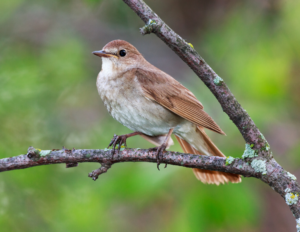 The River Adur, long controlled using culverts, has been restored to its original state with remarkable results. Nightingales, turtle doves, all five UK species of owl and purple emperor butterflies are just a few of the species, some critically endangered, that are resident on the estate.
The River Adur, long controlled using culverts, has been restored to its original state with remarkable results. Nightingales, turtle doves, all five UK species of owl and purple emperor butterflies are just a few of the species, some critically endangered, that are resident on the estate.
An eco-tourism business – Knepp Safaris – is now a thriving concern, supported by the sales of meat from free-range animals. It is well worth putting on your ‘Top Ten’ places to visit once going out is the new norm!
‘Wilding’ is a book that records the positive journey towards fundamental environmental change. The speed at which nature regenerates when left to its own devices as shared here is extraordinary, as is the documented tenacity over time of owners who never lost sight of their vision, even when funding seemed unlikely and negativity was rife.
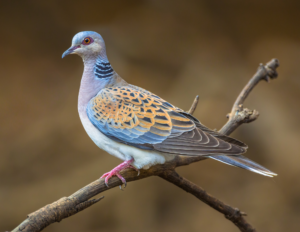 The descriptions of the sound of birds and insects took me back to my own 1960’s childhood in rural Surrey where we collected enough grasshoppers and crickets to fill a jam jar in minutes and when spotting frogspawn and tadpoles in ponds and puddles was a common occurrence
The descriptions of the sound of birds and insects took me back to my own 1960’s childhood in rural Surrey where we collected enough grasshoppers and crickets to fill a jam jar in minutes and when spotting frogspawn and tadpoles in ponds and puddles was a common occurrence
One of the most vociferous objections to the Knepp project was that it looked unkempt, due to the proliferation of weeds and scrub, leading to panic of spread to neighbouring farms. Relaxing the natural instinct to ‘control’ is a key lesson of the Knepp project, stimulating new strategies to achieve environmental and biodiversity goals.
Wilding provides for me and us all at Minerva an inspirational backdrop to our work in explaining and promoting the circular bioeconomy of wellbeing to support a healthier and more sustainable future.
Wilding is a ‘good’ read in all senses of the word. I and all Minerva colleagues commend it to you.
Further reading
Knepp Castle Estate Website https://knepp.co.uk/home
Vera, F. W. M. Grazing Ecology and Forest History (CABI Publishing, 2000)
Wohlleben, Peter. The Hidden Life of Trees – what they feel, how they communicate (Greystone Books, Canada, 2026)
Monbiot, George. Feral – searching for enchantment on the frontiers of rewilding (Allen Lane, 2013)
Rewilding Britain https://www.rewildingbritain.org.uk/?gclid=CjwKCAjwqpP2BRBTEiwAfpiD-508By6tsfGmqHaKJhUH-iyr1H0Ld7NBcJ8hHJ69rLw











